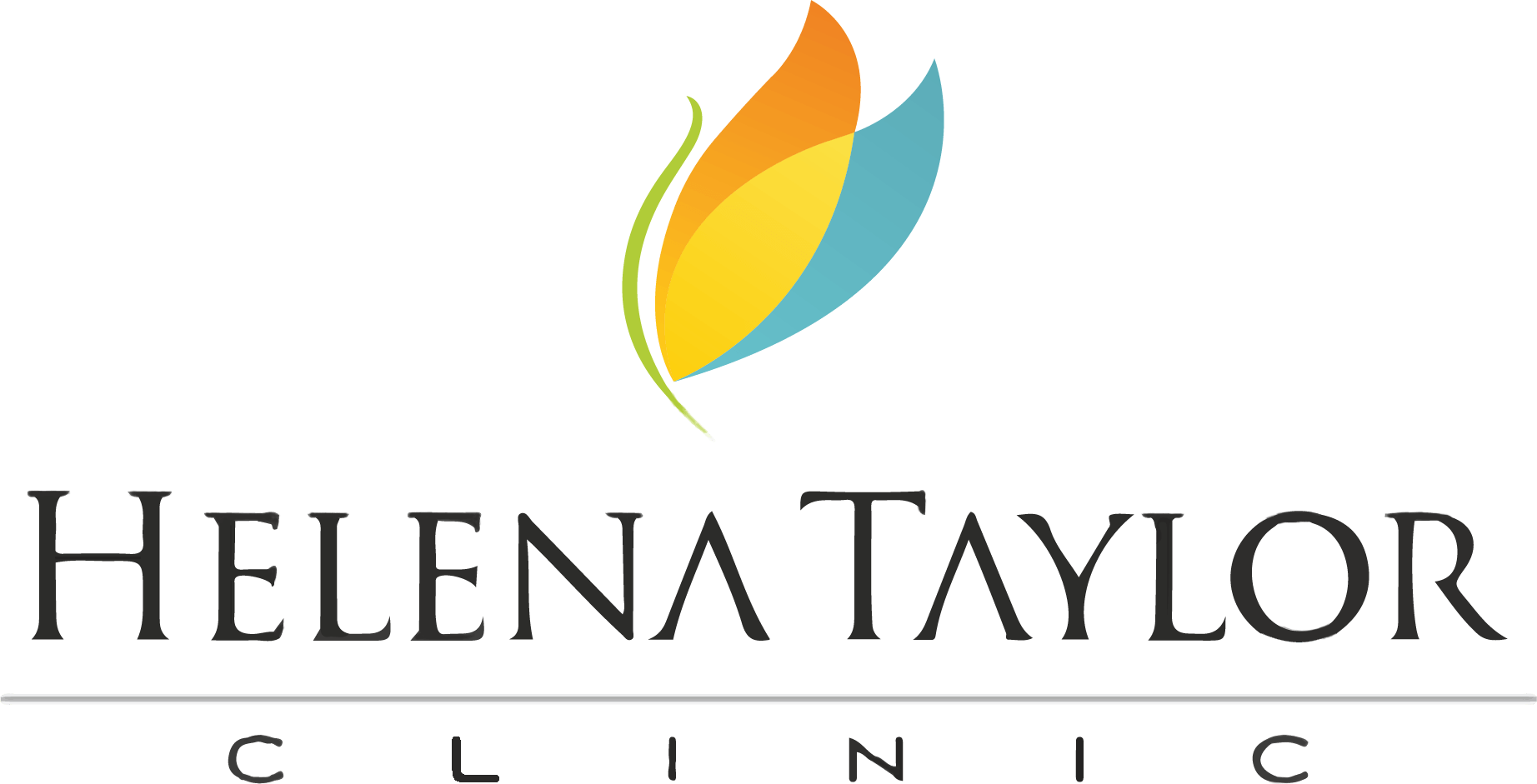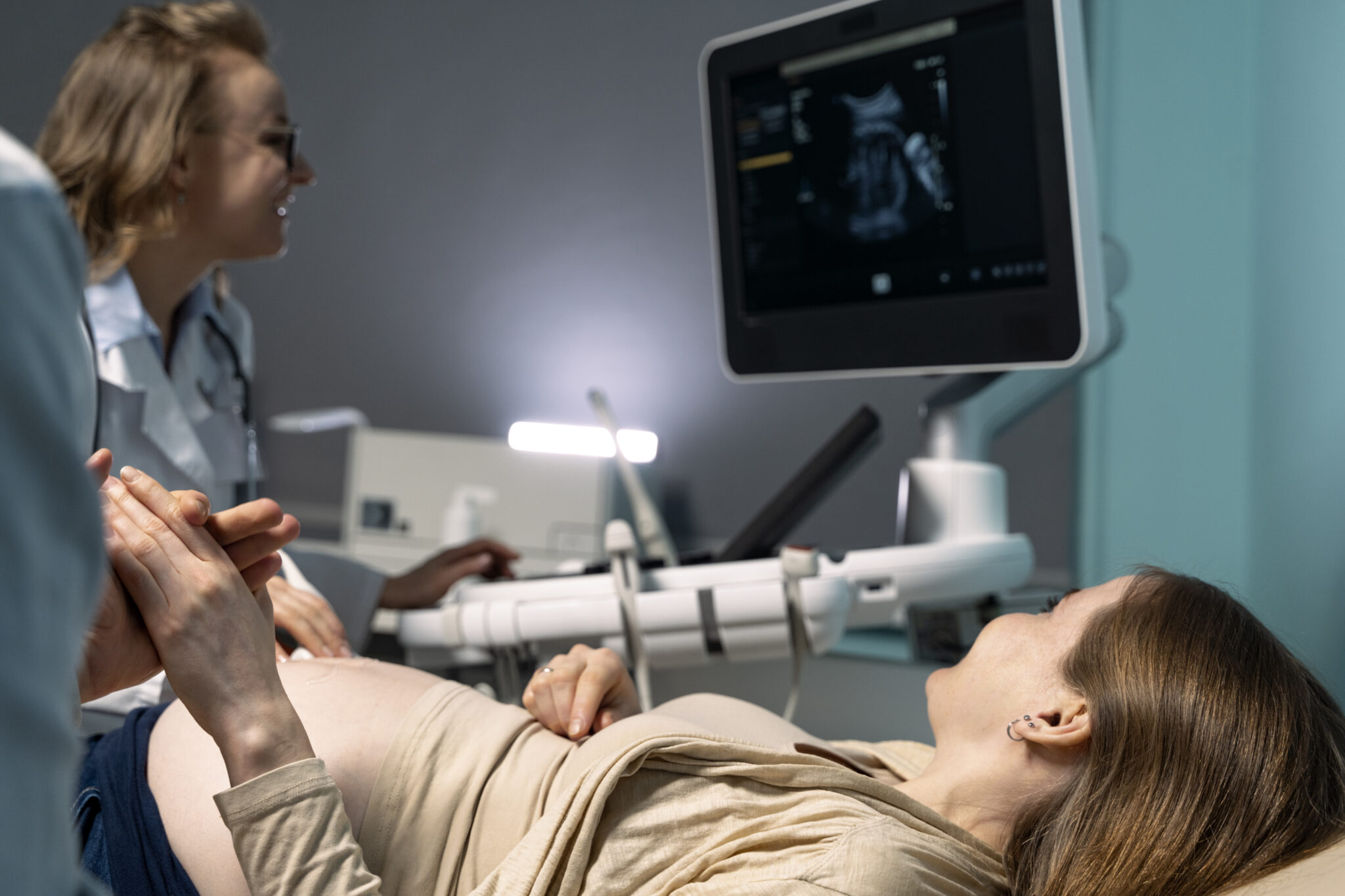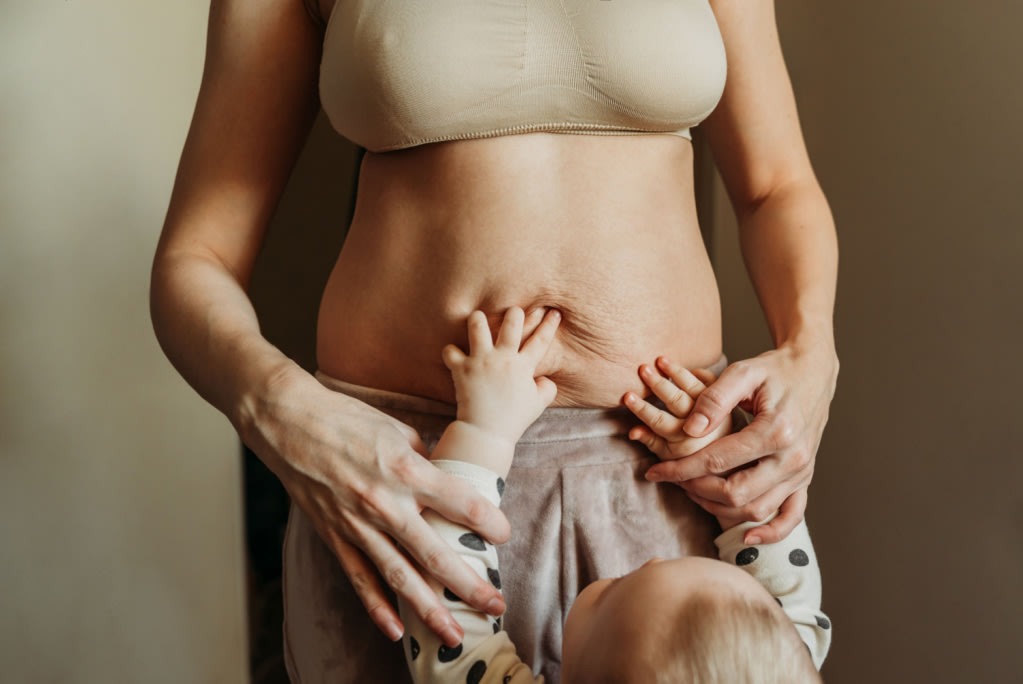The well-being of women has never been more important than it is today, and that’s why aesthetic gynaecology has become such a crucial aspect of modern healthcare. Women’s gynaecological care begins right from the time she reaches puberty. Her intimate care and understanding of her body are best begun at this age as it is an integral part of her confidence, sexual health, and overall well-being.
Exploring aesthetic gynaecology: a new frontier in women’s sexual health
At Helena Taylor Clinic, we understand that discussing intimate areas can be sensitive and daunting for most women. Our experts from our veteran Dr. Helena Taylor and the rest of the team are adept at weaving these conversations in our consultation so that we take the first step for you. We ensure confidentiality and compassion while discussing your concerns and offer solutions that will leave you not just cured but also confident and empowered.
An estimated 20 percent of women complain of vaginal laxity and poor pelvic floor tone at 3 months after childbirth. In 12 percent of women, these symptoms persist for up to 6 months. What makes this condition troubling to women is the persistent pain, discomfort, and feeling of looseness in the vagina and perineum. The excessive vaginal folds that develop also cause discomfort. Some women may suffer from urinary incontinence and poor control of stool. It also reduces the pleasurable sensations during sexual intercourse, leading to a loss of sexual desire and poor body image.
What is vaginal rejuvenation?
Vaginal rejuvenation can boost self-confidence and enhance intimacy with a partner by providing women with the comfort and confidence they need. Vaginal rejuvenation can work wonders for women who have undergone a stressful pregnancy, multiple pregnancies, or even multiple births. Even in the case of chronic reproductive health disorders, vaginal rejuvenation can be beneficial.
The power of choice: understanding the different treatments in aesthetic gynaecology
As an expert in women’s health, it is essential to address the concerns that arise during a woman’s reproductive years and post-menopause. One of the most common concerns that women have is the appearance and functional issues of their intimate areas. Let us look at what are the problems that may need to be addressed professionally, in a lifetime of being a woman and how aesthetic gynaecology can help.
- Vaginal Laxity
Vaginal laxity is a common condition that affects many women, particularly those who have experienced childbirth. It refers to the looseness in the vaginal area caused by weakened or stretched muscles. This can lead to decreased friction during intercourse, making it difficult to achieve orgasm. The severity of vaginal laxity when birth-related can be because of the following:- Succeeding and increasing the number of vaginal deliveries
- Greater trauma with each birth
- Size of the baby
- Use of forceps in assisting the delivery
- Aging due to changes in the connective tissue
Aesthetic gynaecology treatments for vaginal laxity include laser and radiofrequency-based therapies such as Femilift. These treatments stimulate collagen production and tighten the vaginal walls, resulting in improved vaginal tone and elasticity.
- Stress Urinary Incontinence
Stress urinary incontinence (SUI) is another common condition that can affect women at any age. It occurs when the pelvic muscles responsible for supporting the bladder and urethra become weak, leading to urine leakage during activities like coughing, laughing, or exercising. Aesthetic gynaecology treatments for SUI include vaginal rejuvenation procedures that stem from comprehensive protocols of gynaecology. These treatments can promote tissue growth, improve blood flow, and enhance the strength of the pelvic floor muscles. - Dyspareunia
Dyspareunia refers to pain experienced during sexual intercourse. It can be caused by a variety of factors such as vaginal dryness, inflammation, and infections. Aesthetic gynaecology treatments for dyspareunia include vaginal rejuvenation therapies with Femilift. These treatments use laser technology to increase blood flow to the vaginal area, promote tissue growth and restore natural lubrication, reducing pain and discomfort during intercourse.
Aesthetic gynaecology can help you find yourself again
At Helena Taylor Clinic, we have offered a vaginal restorative programme where in we address all the aesthetic and functional components of restoration.The programme is divided into three phases which have unique components that take you through careful evaluation to a confident, new you.
- First Component:
An initial consultation that includes a thorough evaluation of the vagina and the injuries sustained during the pregnancy and delivery, or at any point in time to assess the condition of the pelvic floor muscles and vaginal laxity. We also evaluate the appearance in terms of shape, pigmentation, and overall aesthetic that you desire. With our compassionate approach, we walk you through the treatment options available and understand the outcomes you are looking for. - Second Component:
Prescription of customised treatment to restore strength in the pelvic floor muscles. After unanimously agreeing on the results that can be achieved, we prescribe you supplements for vaginal skin health. We will guide you through the process on how to take care of yourself. - Third Component:
The actual reconditioning procedures involve the use of non-ablative vaginal laser rejuvenation and/or radiofrequency therapy. These procedures aim to induce vaginal tightening, restore vaginal skin health, and restore and augment vaginal sensation.
These procedures have proven their effectiveness not only in treating vaginal laxity but also in early pelvic organ prolapse.
Treatment and the aftercare
When to start the treatment
It is best to plan vaginal rejuvenation as a part of your pregnancy and postpartum care. Planning ahead of time can relieve you of undue stress during pregnancy so that you can bounce back into your sexual life sooner once you have delivered.
In postpartum cases, the program is best initiated in the third month after delivery since many of the physiological effects of pregnancy, including physical distortion of the vaginal canal, are already resolved. The body has the capacity to restore itself back to health, so it is best to wait to see optimum results.
Duration of treatment and sessions
Depending upon the severity of the vaginal injury and the woman’s expectations of the treatment and healing process, the programme has an estimated duration of between four to six weeks. Sessions will vary from 4 to 6 sessions with follow-up sessions as suggested by our doctors.
You should start feeling and seeing results after 2 -3 sessions however, we suggest you complete the recommended sessions for optimum results.
Aftercare
The procedure is performed in a comfortable environment in the clinic and does not require anaesthesia or hospitalisation.
Except for minor skin irritation after laser treatment and which resolves within 24 hours, there are no side effects to the procedure. There is also no need for systemic medications and the procedure is minimally invasive. You can immediately resume your daily activities after treatment.
For more information about the treatment, book a consultation with our experts.














